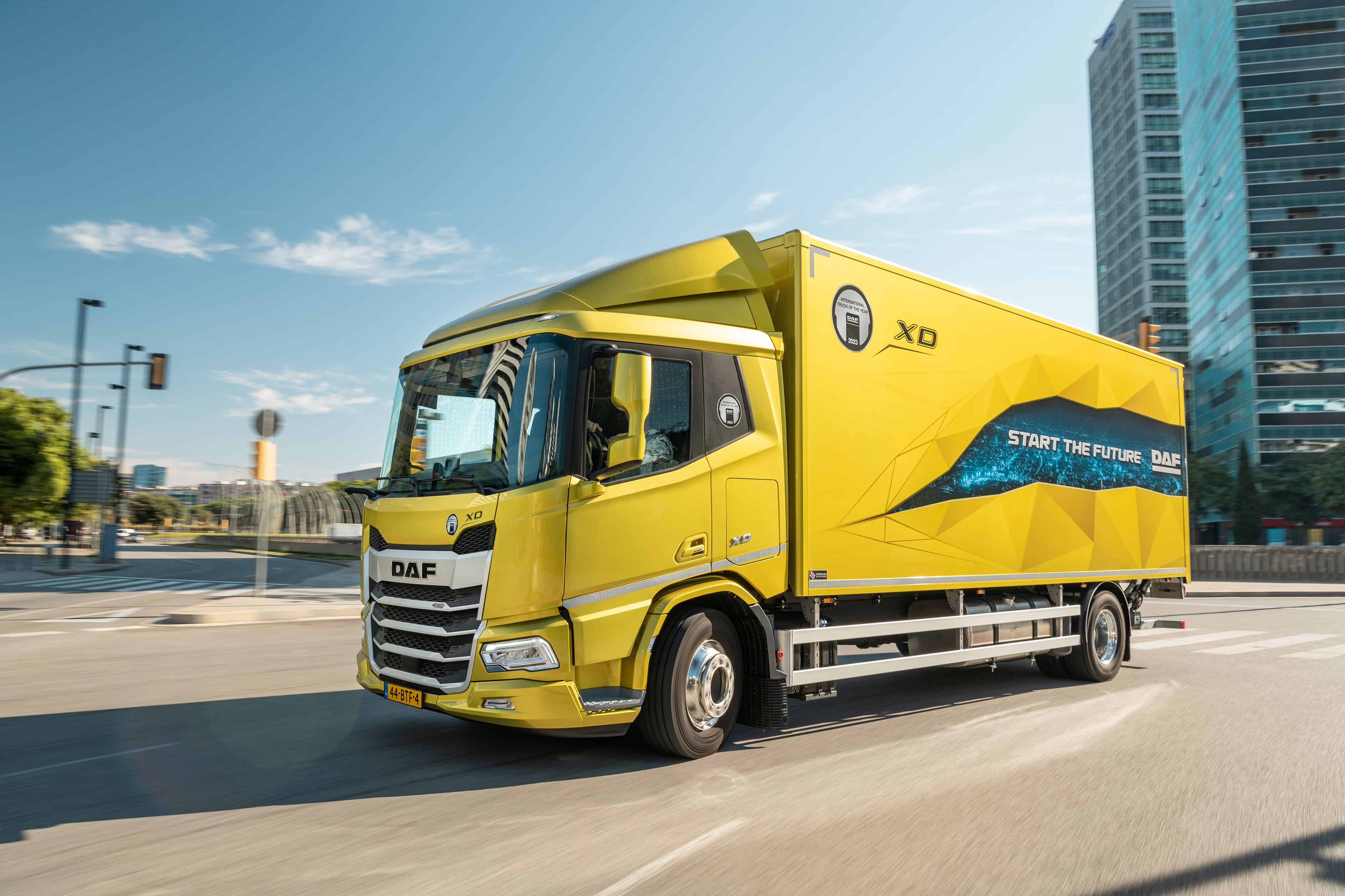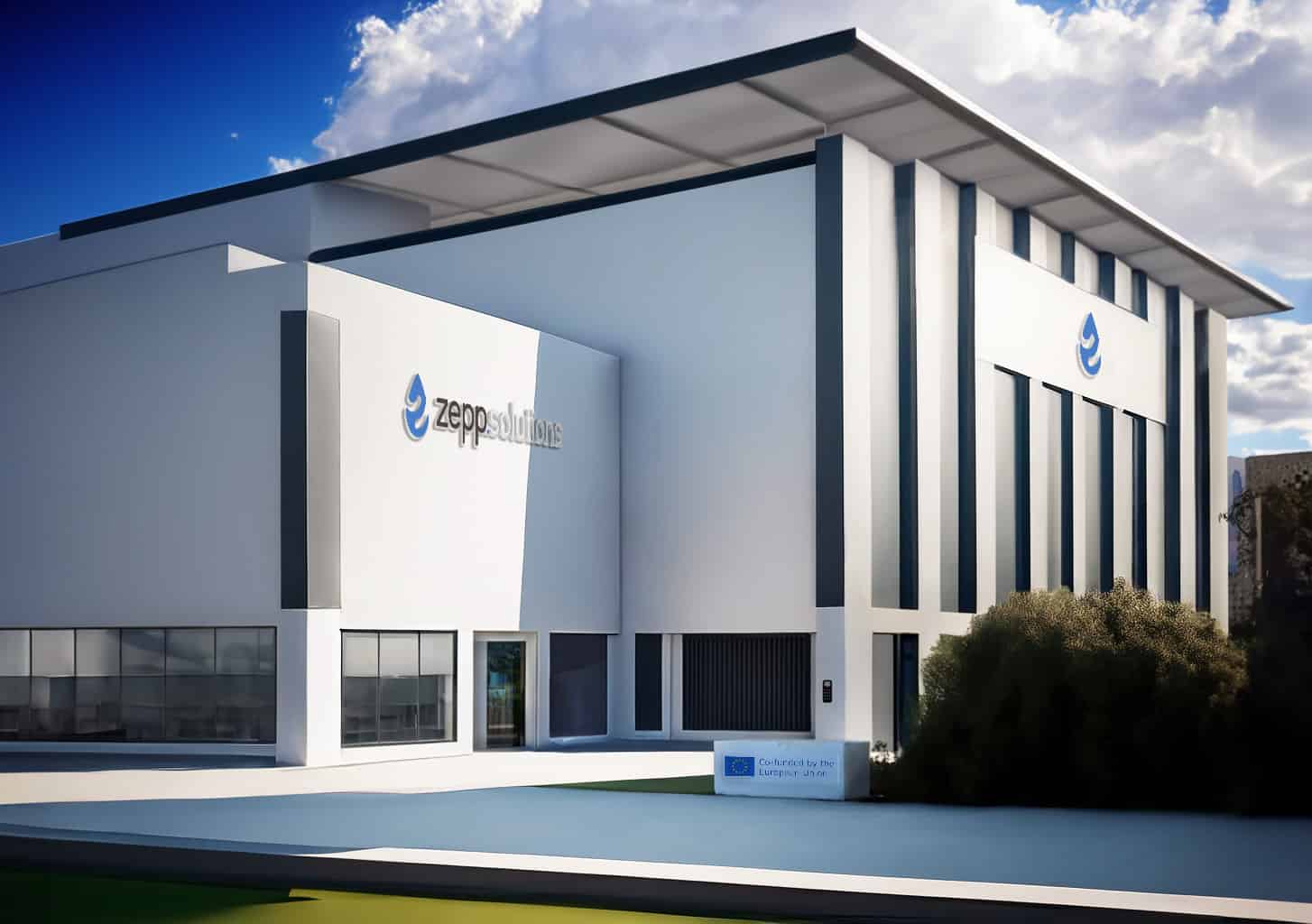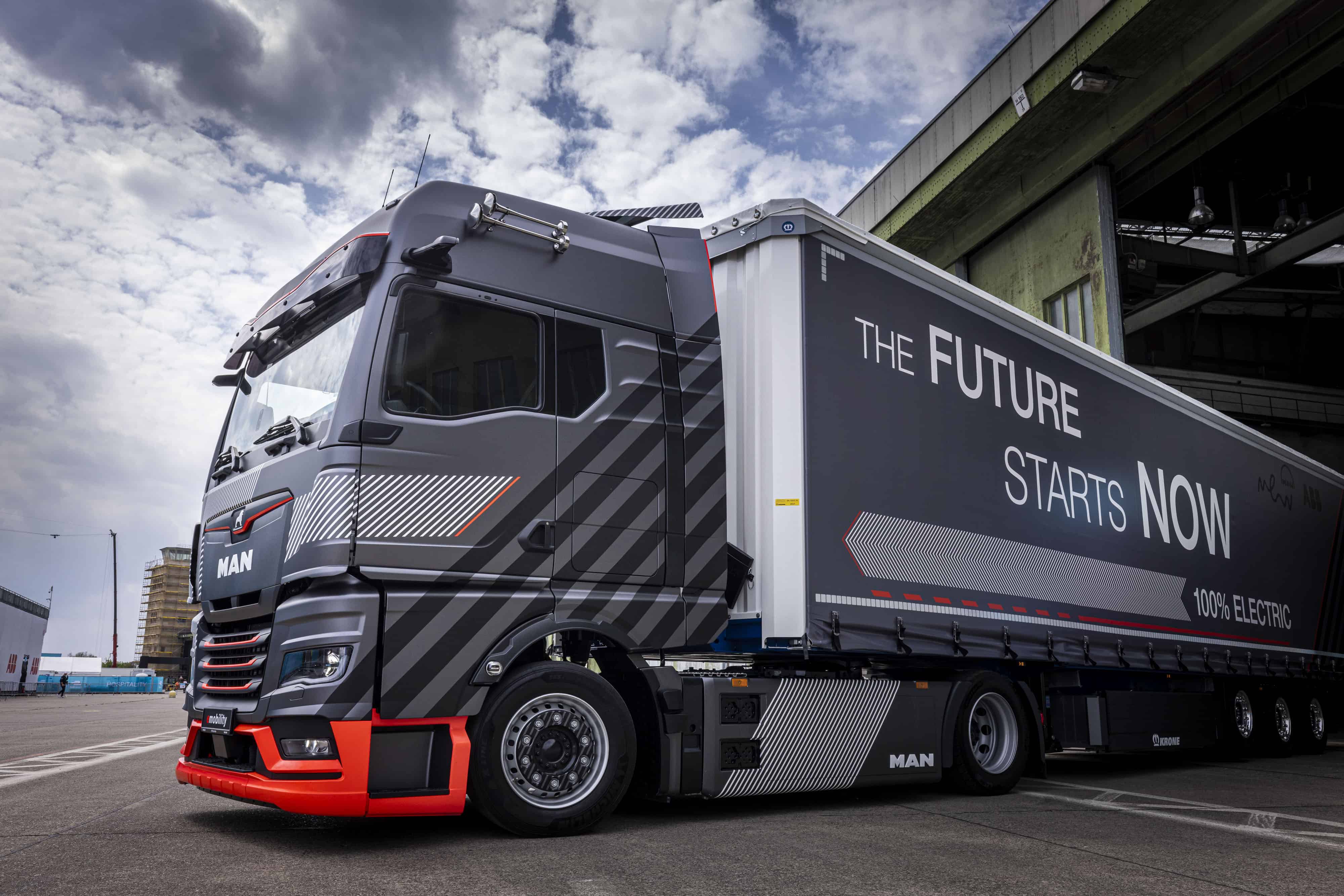
We wrote earlier this week that the Dutch province of North Brabant sees opportunities for Brabant companies as a supplier for electrolysis technology or fuel cell builders. How is this technology progressing? Is there already a market for a few applications? And what does that look like?
Professor of future energy systems at the Technical University of Delft (TU Delft) Ad van Wijk sees plenty of potential in the market. But it can only be harnessed if companies start producing more and faster. “The electrolysis technique is actually quite simple and has been around for around 100 years. Green hydrogen is generated by conducting sustainable energy through water using so-called stacks. If you want more capacity, then you have to pile stacks on top of each other. A lot of experimentation is being done with different types of materials or other equipment in order to optimize this, but the basis remains the same,” the hydrogen professor explains.
He is confident that the technique is now ready to be scaled up. But before companies invest in scaling up their production capacity, they want to know whether they will be able to offload their products. “It’s a chicken-and-egg story. Are there no products because there is no demand? Or is there are a demand, but the products are not out there? In smaller projects, you see that there is already a demand. For example, farmers want to convert their diesel tractor with an affordable hydrogen cell. While in seaport areas, hydrogen obtained from electrolysis is used to power ships.
Manufacturing is still very expensive
The manufacture of components for hydrogen technology is very expensive at the moment. According to Van Wijk, this has everything to do with the fact that it involves specific items in small quantities. ” These are small volumes that require a relatively large number of work-hours. You also have to deal with waiting times. The entire supply chain has to scale up. Automation and robotization enable you to manufacture more products more quickly. This scaling-up makes the products cheaper. This in turn has an effect on innovation, the technology improves and eventually becomes cheaper. “Look back at solar energy twenty years ago. That’s where we are now with hydrogen.”
The most frequently heard arguments why green hydrogen will never be a success are: the production of green hydrogen is too expensive, too much energy is lost and the technology has not yet sufficiently proven its worth. Nonsense, according to Van Wijk, who enthusiastically sweeps all counterarguments off the table and delves deeper into the potential applications for hydrogen. “Of course, it’s true that a lot of energy is lost, and that the technology could become much more efficient. But who says we have to produce all the hydrogen here in the Netherlands? If we install solar panels in the Sahara, they will catch two to three times more sun. The efficiency is 300 percent higher. Then it also doesn’t matter so much that you lose a lot of heat.”
In fact, it is cheaper to install large solar parks in the Sahara or wind farms in windy countries, even when transport costs are taken into account, according to Van Wijk. “We have to look at where the yield is highest. There are plenty of countries where they easily reach wind speeds on land that we get at sea.”
Transport and storage do not pose a problem
“Think about it,” Van Wijk goes on, “we didn’t stop digging for coal in Limburg because it had run out. No, it was because it was cheaper to get it from somewhere else. Transporting energy in the form of electricity is expensive. Maybe that’s why we cling to the idea that we have to produce everything ourselves. But hydrogen can be transported cheaply by boat or through existing gas pipelines. You can also store hydrogen in salt about a hundred to two hundred times cheaper than electricity in batteries.”
Van Wijk sees hydrogen as the ideal solution to the energy problem. For one thing, as a way of avoiding capacity problems in the electricity network. “The grid isn’t going to be able to cope if we feed in all the sustainable energy that we generate directly. You can prevent the electricity network from being overloaded by converting part of that energy into hydrogen. What’s more, the capacity of the gas network is much more substantial. If you take a look at what’s coming into your house, then that’s 30 kW. Electricity is a lot less, just 3 kW. This network needs to be upgraded faster than the gas pipelines. Not only does that cost a lot of money, but it also takes an extremely long time. Simply getting the licenses takes seven or eight years.”
Hydrogen in the home
At present, green hydrogen is still primarily used on a local scale in the vicinity of harbors. For instance, in order to sail ships. But once gas pipelines are ready for hydrogen (TenneT, GasUnie, and the Dutch Ministry of Economic Affairs and Climate Policy are currently researching what will be needed and how much it will cost), Van Wijk also sees possible applications for home use in densely built-up inner cities or sparsely populated rural areas.
Low-temperature thermal networks are not an option in this respect in his opinion. “If you want to heat old buildings with a thermal network, you have to spend quite a bit of time insulating them. That is a never-ending task and make no mistake – there are plenty of those types of houses in the Netherlands. In lots of inner cities, you can’t just rip up the streets and start digging, you can’t even build a heating network there. And there’s not enough density in the countryside. People say things like ‘get a heat pump’, but that puts a strain on the energy network all over again. A hybrid system that runs mainly on hydrogen would be ideal then. That way you alleviate the burden on the energy network.”
A lack of direction
But the hydrogen expert is also very critical. He blames the Netherlands for a lack of direction. “Take the example of Germany, where the government is clearly taking the lead. No individual subsidy projects, but a consortium of 300 companies. The government is paying half of the costs to build 400 hydrogen filling stations throughout Germany. That way they can guarantee everyone the supply of hydrogen. The German filling stations are also cheaper than those in the Netherlands because of their economies.”
Also, in terms of government investment, the Netherlands is lagging behind Germany. In June, Berlin earmarked €9 billion for the development of green hydrogen. France is also freeing up €7 billion over the next ten years. These investments were in response to the European Commission’s ambition of 40 GW of electrolysis capacity by 2030. The Netherlands supports these plans as well.
Even if upscaling gains momentum, it will still not be enough
Van Wijk: “€35 million a year is of course far too low a figure if you actually want to scale up. We are very good in talking things over and setting up small-scale projects. But we need more concrete proposals. If you offset the amounts from France and Germany against the Gross National Product, the Netherlands would need to spend more than €2 billion.”
In the planning for the installation of new wind turbines (the offshore capacity of wind farms is to increase from 4.5 to 11 GW between 2023 and 2030), the Dutch cabinet did not take into account the added demand for electricity for green hydrogen production – an extra 6 GW.
“We need to move fast. More wind farms in the North Sea, solar farms, and wind turbines. It always comes down to electrical supply, which is only 15 percent of the total. We still have to make industry, mobility, and heating more sustainable. We have no choice but to import energy in the future. But in fact, it’s never been any other way; we’ve never produced our own gas either.”
This article was written with the support of Lennart van der Burg, hydrogen expert at the Netherlands Organization for Applied Scientific Research (TNO).







